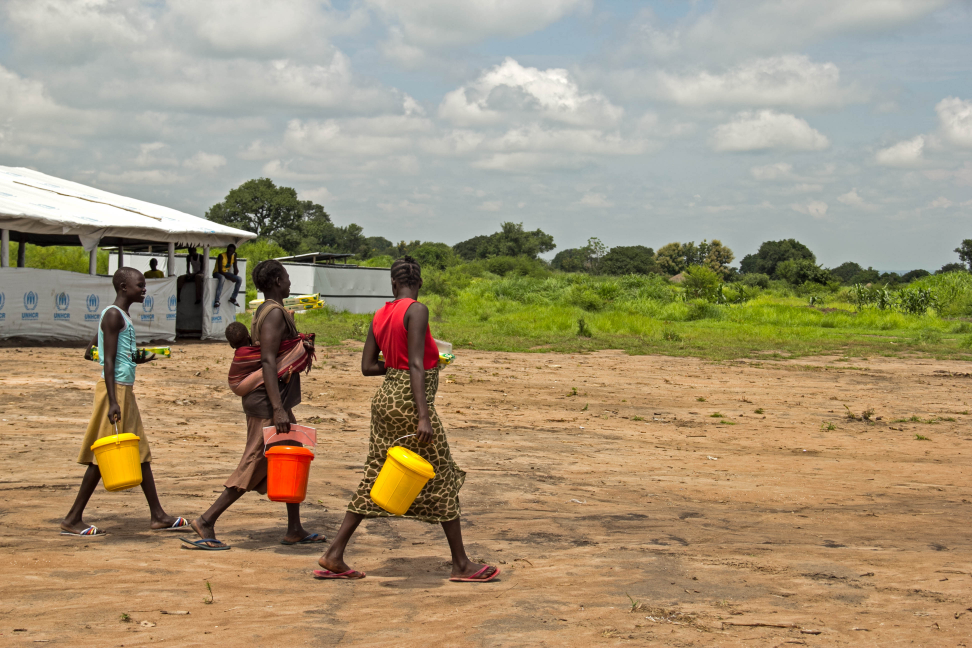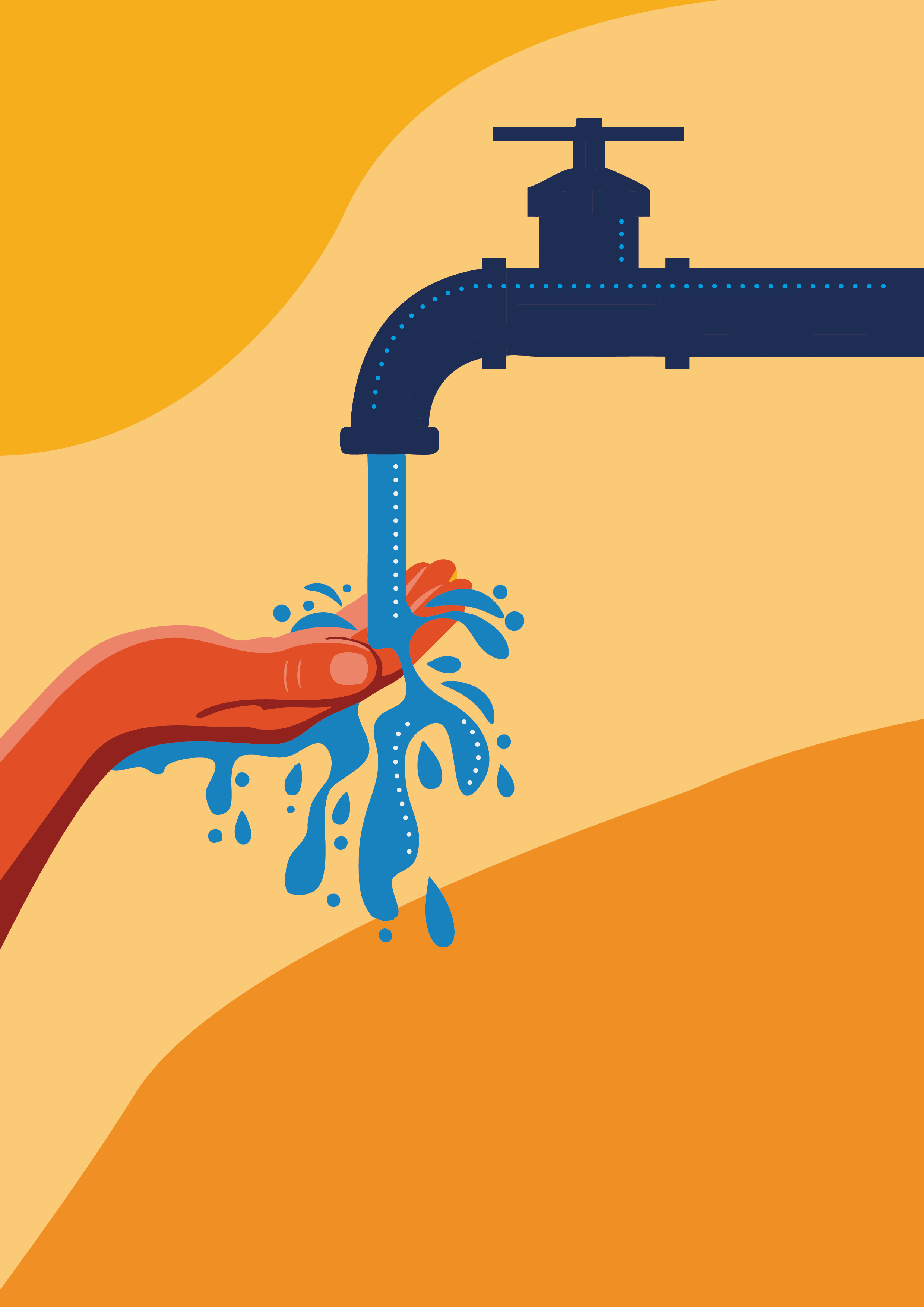Linking Affected Communities to Mine Action in Ukraine - Survey Results

Since last blog...
In the last blog we explained how conflict-affected communities in eastern Ukraine willbenefit from the innovation. In this blog we want to share key findings from the media- and informationbaseline assessment implemented with the assistance of our project partners CartONG and SimLab in Slovyansk district, Donetsk region.
One of the effects of armedconflict is that information dries up. Along with general destruction, long established communication channels cease toexist - Donbas, a geographic area in eastern Ukraine, compiling Luhansk and Donetsk regions, is no exception. Sincethe beginning of the conflict in April 2014, many TV, radio, phone and Internet transmission towers have beenseverely damaged during shelling. Therefore, the mission assessment team focused on analysis of how our target groupsexperience the general information flow, the accessibility and reliability of internet coverage and mobiletelephony.
During the field work, 313 households were surveyed, 12 key informant interviews were conducted withrepresentatives from the IDPs, media, civil society organisations providing assistance to those in need, and two focusgroup discussions were held with teachers and students.
Although one might think that conflict hinders usage ofinternet and communication technologies, our report found that Internet and mobile phones are some of the most preferredchannels to receive information among conflict-affected communities (see infographics below). One of thesurvey’s key findings is that for 68% of internally displaces people (IDPs) mobile phone calls with family and friendsis the most important and trusted source of information, and 36% rely on text messages. In contrast, 91% of residentscited TV, 64% mobile calls, and 50% internet as main sources.
In addition to these findings, results of aKnowledge, Attitude and Practice survey – which is part of a broader DRC/DDG Mine Risk Education Project in Donbass,confirm that online and mobile based platforms catch up with traditional mediums in terms of where young people look forinformation. Thus, out of 264 respondents aged 6 to 34 years, 42% named TV as the most convenient or convenient way ofreceiving information on mine risks and hazardous areas, while 33% cited for text messages, and 29% social media. In anutshell, despite the destruction, power outages and other impacts of fighting, mass media, mobile and internetoperators have quickly restored their operations in the government controlled areas, which is important information forthe further development of the platforms to be piloted.
Next blog
In the next blog wewill present preliminary use cases – a model of potential interactions between the project beneficiaries and aweb-platform, developed in consultations with the State Emergency Service, local communities and civil societyrepresentatives. We will also share reflections on our prototype web- and mobile platforms.
Stay updated
Sign up for our newsletter to receive regular updates on resources, news, and insights like this. Don’t miss out on important information that can help you stay informed and engaged.
Related articles
.png)


Explore Elrha
Learn more about our mission, the organisations we support, and the resources we provide to drive research and innovation in humanitarian response.